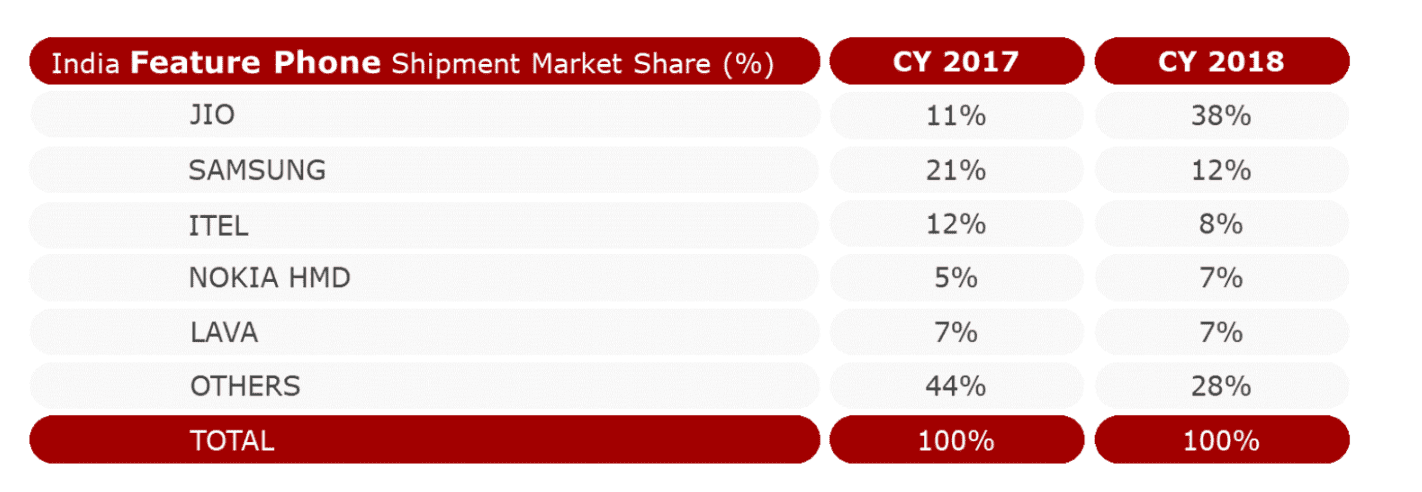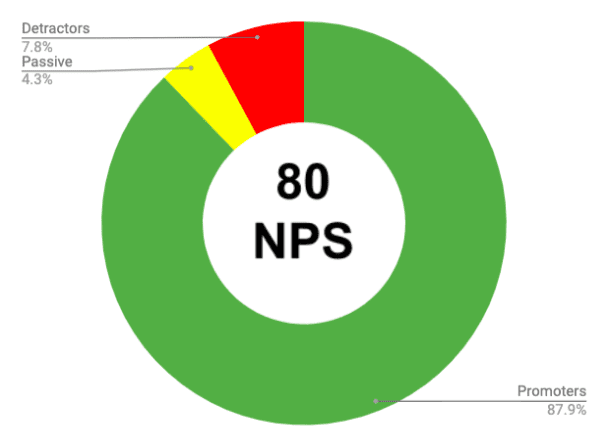By Jaideep Mirchandani and Dominique Friedl
In previous PayJoy blog posts, we highlighted the problem in lending to the underbanked and underserved and how PayJoy technologies are now helping to solve this problem.
In this post, we’ll talk about how Lock and Access come together to serve these underbanked and underserved consumers. We’ll give an example of how this has worked with a partner in Africa who has a truly end to end integrated consumer journey.
A lifecycle view to enable device financing
Let’s start with the consumer. Once the consumers’ ability to pay has been assessed and they have been approved for a phone on finance (installments), the PayJoy Lock app is installed on their new device, typically by a store clerk. To enable and activate the financing and credit lifecycle, the Finance Partner configures and manages the financed device using the PayJoy Lock API service.
A critical feature of the PayJoy Lock is ensuring that the Lock is secure so that phone finance is both practically and economically viable for the partner, meaning the partner is comfortable that the Lock is easy to set up, works reliably and fosters a strong repayment behaviour. This ultimately starts with the device manufacturer (OEM). OEMs either have built-in device management or they use PayJoy Access to make setup as secure and simple as possible. Briefly, Access is PayJoy’s firmware product which OEMs optionally use to enable automatic setup (“provisioning”) and device management to enable PayJoy’s Lock to work “out of the box” to minimize the number of steps for the user and store clerk to get started. There is a tradeoff between using PayJoy Access and OEM device management. Access is built from the ground-up for phone financing, meaning that it minimizes the number of steps during setup and can provide added security guarantees but the OEM is also required to integrate into their manufacturing processes. To make this step easier, we partnered with key mobile SOC partners like Qualcomm to offer faster integration of PayJoy Access for differentiated devices with improved time to commercialization.

The Lock lifecycle
After the capabilities are baked-into the device, PayJoy’s Lock API enables the finance partner to fully implement the lifecycle to serve the consumer. Deployment of the PayJoy Lock API at scale requires the partner to integrate the Lock into the partner’s business systems which may require additional considerations and setup. Here, PayJoy, provides an end-to-end launch process to help guide a partner’s technical team to integrate and launch Lock API effectively and efficiently.
Functionally, the API allows partners to:
- Register and take ownership of a device
- Lock a device at a particular time if payment is not made
- Permanently unlock a device after it is fully paid
Partners call the PayJoy Lock API to control specific devices; these changes are then propagated from PayJoy servers to the device asynchronously.

Disclosures and Consumer Privacy
We realise that protecting consumer privacy is crucial. At each step of the way, the user is informed and requested for consent both by the Store Clerk but also by the PayJoy software. Just like all Android smartphone apps, Payjoy adheres to the Android permissions model to ensure transparency and customer controls.
Making it easy to customize the PayJoy app experience
Using the Lock API Dashboard a partner can customize the following features of the Lock without any code needed:
- In-app personalized company logo
- Whitelisted numbers that users can access (such as Customer Support) when their Lock is enforced
- Whitelisted apps that users can access when their Lock is enforced
- Whitelisted IPs for direct server to server API calls
- Payment Page URL which can embed the partner’s payment page so users can pay directly
A case study – d.light in Africa
Recently, d.light, a global leader and pioneer in delivering affordable solar-powered solutions saw the opportunity to leverage its leadership in PAYG solar and offer smartphones on a pay-as-you-go basis. With d.light’s proven ability to finance and distribute devices, they implemented PayJoy “soup to nuts” to ensure the most secure and most streamlined experience possible for their consumers and merchants.
Specifically, they:
- Preloaded app – Simple, secure setup using PayJoy Access with a pre-loaded PayJoy Lock. This minimizes data downloads for the consumer and makes the setup process smooth.
- Ensured commercial-grade Android compliance – d.light devices have successfully passed Google’s Android Compatibility Test Suite (“CTS”), meaning that it is certified as “commercial-grade” per the CTS website.
- Successfully integrated Lock into the point of sale and financing lifecycle – They successfully used PayJoy Lock API to implement point of sale and setup. This minimizes the number of steps for their store clerks and users in the store, which means fewer errors and a more satisfied user.
- Successfully integrated Mobile Money to manage devices through the financing and credit lifecycle.

Initial results are positive and as such d.light are rolling out more broadly across the market. Along with the above, strong technical foundation, d.light will deploy their proven team of sales clerks and customer support staff to successfully support consumers with smartphone finance.
We look forward to many satisfied users benefiting from this joint ecosystem effort!
For more information, visit www.payjoy.com. Join the smartphone financing conversation by visiting the PayJoy blog, Twitter, LinkedIn and Facebook pages.



